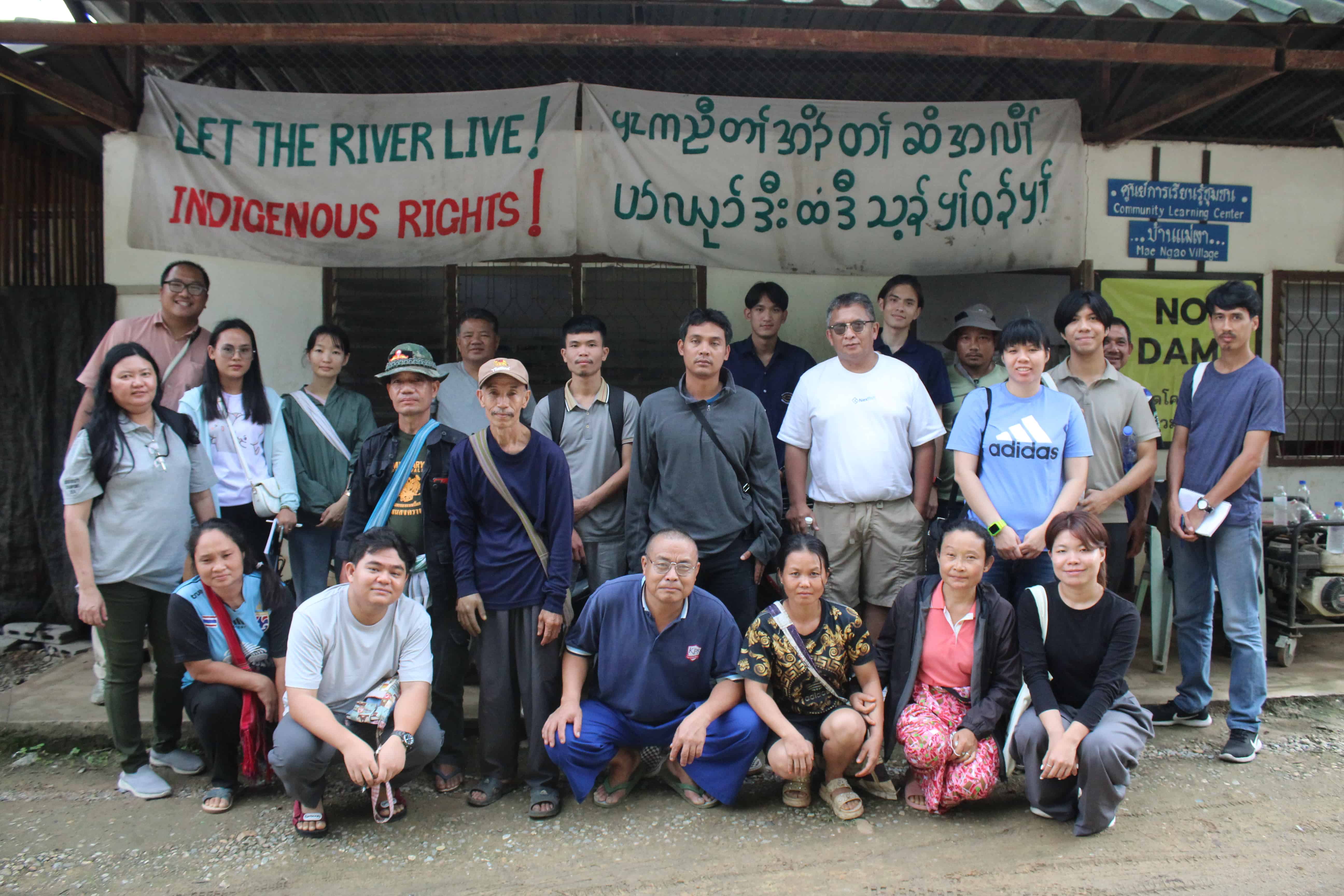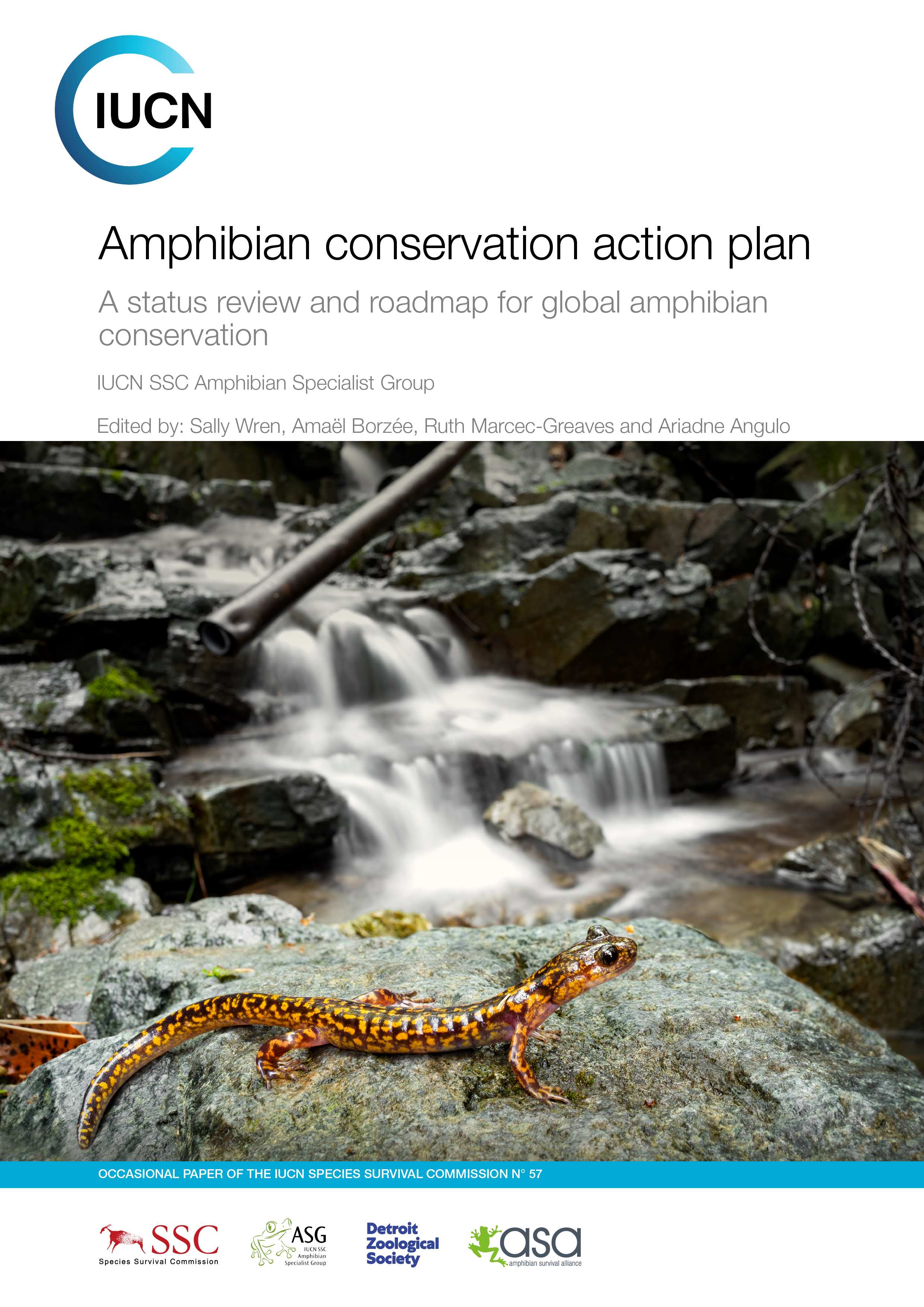Saving SomPhongs’s Rasbora: A Critically Endangered Fish in Thailand
The Seub Nahasathien Foundation (SNF) is a Thai non-governmental organisation committed to the preservation and safeguarding of vast forests, natural ecosystems, wildlife habitats, and precious endangered species. One of their vital initiatives focuses on preventing the sixth extinction and conservation through participatory surveys of SomPhongs’s Rasbora (Trigonostigma somphongsi), a Critically Endangered fish on the IUCN Red List of Threatened Species.
SomPhongs's Rasbora, known for its presence in freshwater, lowland marshes abundant in aquatic plants from the Mae Khlong basin near Ratchaburi to the outskirts of Bangkok in central Thailand, faces significant challenges stemming from the loss and degradation of its habitat, as well as pollution. Its reliance on the natural ecosystem emphasises the need to safeguard the core areas for its protection.
Although it has been presumed extinct in the wild for more than 30 years, occasional sightings of individuals have occurred in mixed catches of other small fish destined for the aquarium trade in Germany and Japan. This discovery instilled hope for the species’ survival in a previously unknown habitat.
Importance of Conserving SomPhongs’s Rasbora
SomPhongs’s Rasbora is recognised as one of the 136 key species in the CEPF Indo-Burma Biodiversity Hotspot Update 2020, it is also ranked as 1 out of 10 of the threatened species in Thailand with a high risk of extinction. The species is deemed essential due it being the last major population of the species, requiring effective conservation and care within its natural habitat.
With funding support from the Critical Ecosystem Partnership Fund (CEPF) and International Union for Conservation of Nature (IUCN), SNF implemented the project titled ‘Participatory surveys to support conservation of SomPhongs’s Rasbora in Thailand’, which aims to conserve the fish species in Thung Pak Phi, Nakhon Nayok Province. The initial step involves surveying to identify key habitat areas for the species, as limited information is currently available about this population. The survey process involves close collaboration with community leaders, inviting specialists and scientists to provide technical expertise for surveying, identification, and analysis.
The elusive SomPhongs's Rasbora among other freshwater fish species were identified in three key habitat areas during the drought season (February to April), which has provided valuable insights, according to the latest survey findings conducted in April 2023. Two surveys are conducted annually during both the drought and flooding seasons.
The survey results will be instrumental in designing effective conservation activities, such as formulating policy frameworks, developing local-level conservation plans, and launching communication and awareness campaigns. The outcomes of the survey have also sparked the idea of proposing the identified areas as potential conservation measures, highlighting their ecological importance.
Additionally, the project emphasises the integration of scientific knowledge from academic researchers and local knowledge from local administrative governments to bridge gaps in understanding and improve conservation of the species and its core habitat. However, challenges lie in effectively disseminating and engaging all community members, as the successful conservation of SomPhongs’s Rasbora requires the participation and awareness of not only community leaders but also landowners and natural resource users.
The Role of Traditional Agriculture
The survival of SomPhongs’s Rasbora heavily relies on the traditional agricultural practices of the local community. The community residing around Pak Phi cultivates an endemic rice species that thrives in flooded conditions, allowing it to grow rapidly. Unlike other rice crops that are cultivated 2-3 times a year, the local community grows rice once a year.
The flooding not only enhances organic fertilisation but also helps reduce pests. Consequently, farmers rely less on fertilisers and pesticides compared to intensive rice cultivation. Additionally, they generate income from fisheries during the flooding season. The natural phenomenon contributes to the survival of SomPhongs’s Rasbora.
Collaboration and River Landscape Management:
The conservation and recovery efforts for SomPhongs’s Rasbora has contributed to the broader management of the river landscape, spanning from the mountains to the lowlands. Currently, the river landscape faces threats from land-use changes and dams in the watershed. Collaboration and integration among government agencies and partners are crucial to mitigating these impacts. For example, the collaboration between the irrigation department and water resource department can help manage water resources and enhance the ecological value of the floodplain in Thung Pak Phi.
Workshops have been organised by SNF to engage with the Royal Irrigation Department in Thailand, focusing on water management in the region. Balancing water levels is critical to the survival of SomPhongs's Rasbora, as excessive flood protection measures may hinder its ability to thrive.
These combined efforts highlight the importance of ongoing surveys, conservation planning, community engagement, and effective water management to ensure the preservation of SomPhongs's Rasbora and its habitat for future generations.
Going forward
In the future, SNF aims to conduct site surveys in other areas to identify new populations of SomPhongs's Rasbora. To survey the area, environmental DNA (eDNA) techniques have been considered, although the cost poses a high challenge. It is crucial to conserve this area through an approach involving the establishment of Other Effective Area-Based Conservation Measures (OECMs) and potentially designating it as a Ramsar site. Collaboration with local administrative governments and national policy authorities is essential for this process, especially since this area is privately owned.
Furthermore, SNF is looking to build communication materials, including posters that help identify the SomPhongs's Rasbora and other related fish species, as well as guidebooks for species identification. Collaborating with local administrative governments and leaders is a key aspect of SNF's efforts to promote conservation in the area.
------------------------------------------------------------------------------------------------------------------------
About CEPF
CEPF empowers non-governmental organizations, Indigenous groups, universities and private enterprises to protect the world’s biodiversity hotspots and help communities thrive. It is a joint initiative of l’Agence Française de Développement, Conservation International, the European Union, the Global Environment Facility, the Government of Japan, and the World Bank. In the Indo-Burma Hotspot, it is also supported by the Margaret A. Cargill Philanthropies. IUCN serves as CEPF’s Regional Implementation Team in the Indo-Burma Hotspot.



